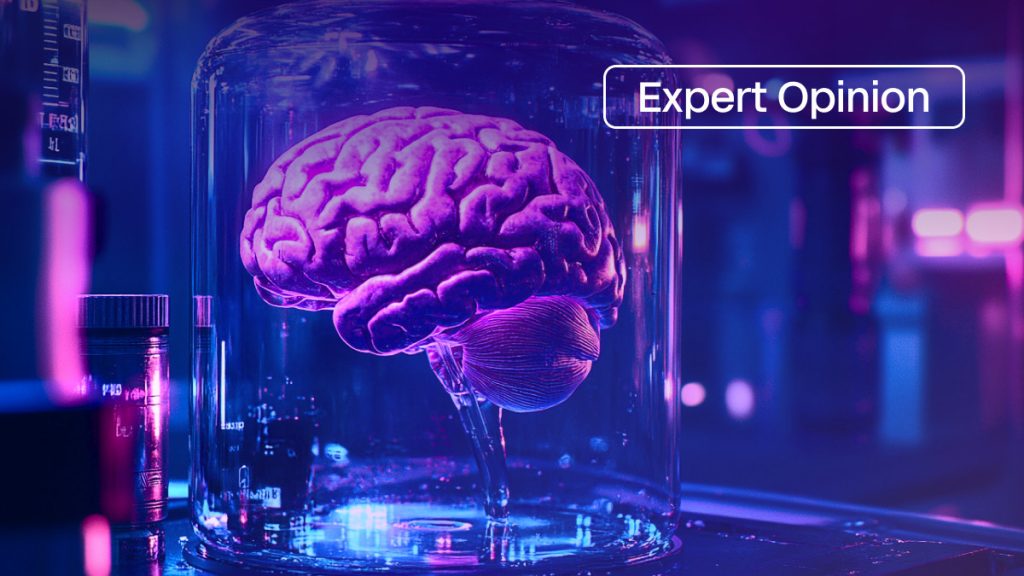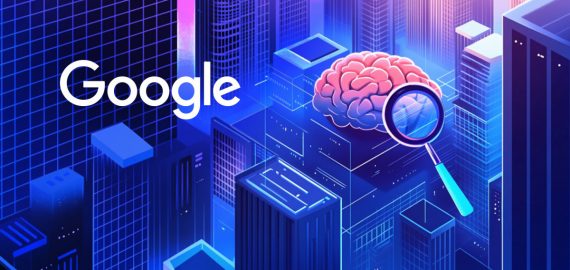AI is scary… Or is it? How to Fight the Frights of Artificial Intelligence


In Brief
Halloween brings ghouls, goblins, and AI horrors, with facial recognition technology stealing data and generative AI systems using user data without consent.

Ghouls and goblins aren’t the only horrors on the cards this Halloween. With artificial intelligence on the rise and mass confusion about how it works, everyday life is starting to feel more and more like a horror movie that we can’t get out of.
From Clearview AI’s controversial facial recognition technology stealing its data from millions of people’s faces to generative AI systems using publicly available user data to train models, again without clear user consent, certain terrors abound. But the good news is, the spooky season doesn’t last forever, and neither do the horrors of AI. Read on for the top four horrors of AI to beware of this Halloween – and how to fight these frights.
Feeding Large Language Monsters
Everyone thinks they’re safe from the monsters in Halloween movies – but their data isn’t. To quell their appetite for human data on which to train large language models, social media sites ranging from Meta to LinkedIn have been harvesting user-generated data from their social media profiles. Some, such as X, rolled out updates that included a setting to use data to train Grok that automatically defaulted to ‘yes.’
This raised significant concerns about data privacy, especially in the EU, where stricter regulations like the General Data Protection Regulation govern the use of personal data. This case is just one of the many cases that highlight how AI is often trained on user data without proper transparency, leading to ethical and legal challenges. While frights are a fun trick for Halloween, this fright certainly isn’t a treat.
It’s not all doom and gloom. Regulators have noticed, and they’re picking up their pitchforks. The EU has begun to take action against companies who have rolled out features that feed customers to the models, with LinkedIn recently being forced to pay millions in fees to the Irish data regulation authority. With monsters being hunted and slain left and right, there is light at the end of the tunnel for humans to take back control of their data.
Ghost Politicians
Is the news on TV real? Think again. Politicians around the world, from US President Joe Biden to Mayor of London Sadiq Khan, have been the target of deepfakes, who are often used to trick unsuspecting viewers into thinking they espouse different views than they truly hold. Even Taylor Swift has found herself drawn into the horrifying world of political deepfakes, with US presidential candidate Donald Trump recently releasing artificially fabricated images of the artist endorsing his candidacy.
The manipulation of data by AI systems to create convincing yet false narratives is a growing concern. This content has the potential to manipulate voters and spread misinformation at an unprecedented scale, complicating efforts to ensure the integrity of democratic processes.
It’s hard to unmask these monsters. Deepfake detection technology is harder to build than deepfake creation technology because it requires a database that humans have generated, which shows real images and fake images. This added layer of human involvement comes with costs to AI developers, but it is well worth it to combat the pervasive influence of deepfakes. Humans may have created the AI that is tricking thousands of constituents around the world – and yet, humanity could save us from this fright.
Franken-models
Scary as Frankenstein is, an AI that can patch itself up and bring itself back to life without a mad scientist is scarier. Self-repairing AI is more resistant to external threats, as it can resolve problems within its code quickly and without human input. Faced with the risk of a bot repairing itself, evolving beyond our control, and lacking a kill switch to shut it off, no one wants to think about the chilling consequences of franken-models gone awry.
Self-repairing AI could be a monster, but it has use cases that can benefit humanity. With its ability to patch its own problems as it goes, self-repairing AI is poised to produce more robust algorithms that require less maintenance and can troubleshoot on the fly. This technology has the potential to range from everyday medical procedures to conducting advanced search and rescue operations, saving thousands of lives in the process. Much like Frankenstein’s monster, self-repairing AI isn’t as great a threat as we think it is.
Vampire Voices
Vampires draining humans’ blood are scary enough – even more chillingly, some AI has begun to drain humans’ voices. Voice-cloning AI can replicate humans’ voices at terrifyingly accurate levels, amplifying the danger of deepfakes by providing convincing speech alongside them.
Some scammers have begun cloning people’s voices to trick people into thinking their friends and family members desperately need money, draining the life force out of their bank accounts as well. It’s no wonder that some people feel like they’re living in a horror movie when friends and family can no longer be trusted.
Fear of AI Doesn’t Have to Haunt Us This Spooky Season
While the horrors of AI seem big, threatening, and scary, with human innovation, regulation, and ingenuity, they can be nothing more than a shadow puppet on the wall. AI brings with it tricks, but also treats – it has dozens of positive use cases that can keep humans safe from the things that go bump in the night, for example, for cancer screening, saving the bees, and tackling climate change.
Disclaimer
In line with the Trust Project guidelines, please note that the information provided on this page is not intended to be and should not be interpreted as legal, tax, investment, financial, or any other form of advice. It is important to only invest what you can afford to lose and to seek independent financial advice if you have any doubts. For further information, we suggest referring to the terms and conditions as well as the help and support pages provided by the issuer or advertiser. MetaversePost is committed to accurate, unbiased reporting, but market conditions are subject to change without notice.
About The Author
J.D. Seraphine is an author, filmmaker, and visionary entrepreneur dedicated to creating meaningful cultural impact through media and technology. With over 16 years in the entertainment industry, he’s produced acclaimed projects including Hesher, Sirius, and the Tony-nominated Rock of Ages. J.D. also directed the documentary series Open Source Money, spotlighting blockchain innovation, which reached a million U.S. viewers on Discovery Science Channel. As co-founder of Raiinmaker, a Web 3.0 platform for the creator economy, and founder of Vision Tree, he is committed to using storytelling to inspire positive change worldwide.
More articles

J.D. Seraphine is an author, filmmaker, and visionary entrepreneur dedicated to creating meaningful cultural impact through media and technology. With over 16 years in the entertainment industry, he’s produced acclaimed projects including Hesher, Sirius, and the Tony-nominated Rock of Ages. J.D. also directed the documentary series Open Source Money, spotlighting blockchain innovation, which reached a million U.S. viewers on Discovery Science Channel. As co-founder of Raiinmaker, a Web 3.0 platform for the creator economy, and founder of Vision Tree, he is committed to using storytelling to inspire positive change worldwide.

















































